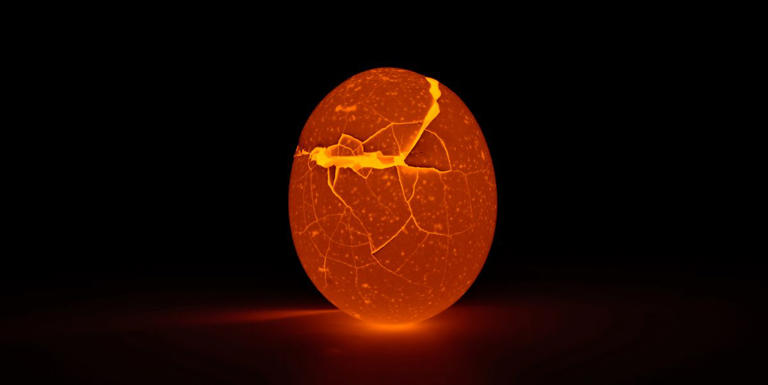
A new study rooted in genetic modeling from experts across the world says that there is substantial evidence that we came from a whole bunch of places
New genetic research further shows that humans didn’t derive from a single location. Instead, it likely arose from multiple areas in Africa.
The rise of different population groups may have happened during different time periods.
Africa remains the focal point of the search for the earliest human existence, even if it may not have a single point of origin.
Stop looking for a single pinpoint location for the start of human evolution. A new study rooted in genetic modeling from experts across the world says that there is substantial evidence that we came from a whole bunch of places. Published on May 17 in Nature, the study claims to disprove the the idea of just one location serving as the birthplace of humanity.
“Decades of study of human genome variation have suggested a predominantly tree-like model of recent population divergence from a single ancestral population in Africa,” the study says. “It has been difficult to reconcile this finding with the fossil and archaeological records of human occupation across the vast African continent.”
To reach their conclusion, the researchers investigated the genomes of nearly 300 people across a variety of ancestral backgrounds and—even going back a million years—still weren’t able to lock in on just one distinct population set. Instead, their findings suggested that there must be at least two populations, which they dub Stem1 and Stem2.
“We cannot rule out the possibility that more complex models involving additional stems, more complex population structure, or hybrid models including both weak structure and archaic hominin admixture, may better explain the data,” the study says.
As Eleanor Scerri, an evolutionary archaeologist not involved in the study, tells the New York Times, “There is no single birthplace. It really puts a nail in the coffin of that idea.”
The research team—from the University of Wisconsin, University of California, Davis, Baylor College of Medicine, Stellenbosch University in South Africa, and McGill University in Quebec—believes that both the Stem1 and Stem2 populations originated in Africa, but not together. It was hundreds of thousands of years, they say—potentially because of some environmental event around 120,000 years ago—before the populations started mixing and two groups merged to really kick off the start of new people groups based in Africa.
The study used computer modeling to simulate the spread of human DNA across time and throughout Africa. “We could ask what types of models are really plausible for the African continent,” Brenna Henn, of the Genome Center at the University of California, Davis, and study co-author, tells the New York Times.
By comparing DNA from multiple groups of people throughout Africa, and then comparing that DNA to the genomes of people from other ancestry groups, the researchers believe they have found enough solid proof to say that there had to have been a Stem1 and Stem2. The precise locations of the two groups remains unknown, but the distinctly Stem1 or Stem2 DNA seemingly survived and was continuing to influence ancestry as recently as 25,000 years ago.
Much like how researchers believe humans mixed with Neanderthals in Eurasia before the Neanderthal went extinct, the study suggests that an “archaic hominin ghost population” could have further contributed to migration events and helped inform genetic data. In the hopes of eventually gaining an even clearer view of the complexity that is human life, researchers hope to continue to gather more genetic information and run additional simulations. Maybe, someday, we’ll be able to pinpoint those populations once and for all.
https://www.msn.com/en-ca/news/technolo ... e1fe&ei=38